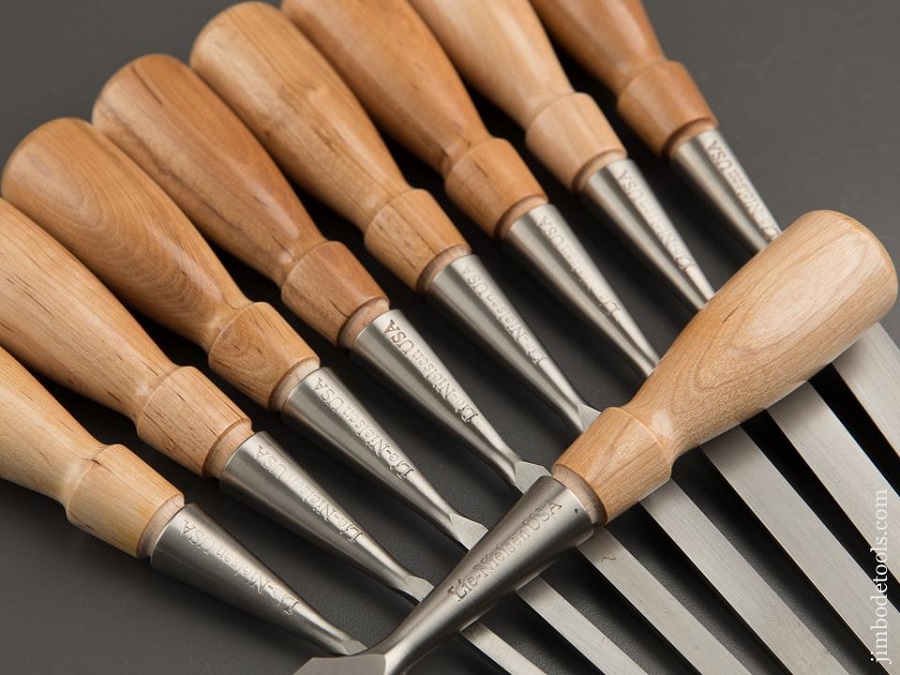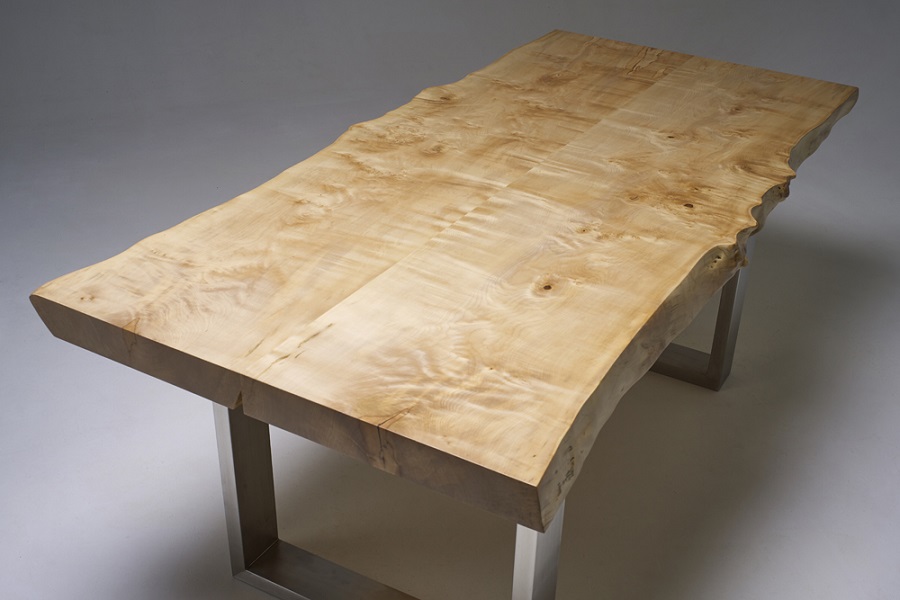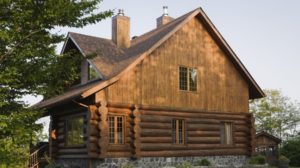A very popular firewood is the carpen. No specialist website fails to mention it, placing it alongside beech, oak or ash, dense species that burn slowly, maintain the burn and give off plenty of heat. Few people remember, however, that in the old days, carriage wheels, ox yokes and wooden screws were made from hickory. Its density, hardness and resistance to abrasion make it suitable for drumsticks, piano parts, violins and xylophones. Let's find out more about this lesser-known wood.
Carpen
The hornbeam tree grows in central, eastern and southern Europe, southern England and western Asia. This is the hornbeam that also grows in Romania, i.e. the Carpinus Betulus, because there are more than 40 species of hornbeam. It is considered an invasive species, growing in sandy soils alongside oak and you, to the plain and fagin hilly areas. It prefers a warm climate and therefore does not exceed an altitude of 600 m.
At maturity it reaches 15-20 m in height, 0.6-1 m in diameter and can live over 300 years. The trunk is often grooved and crooked with fine greenish grey bark. It is often confused with beech or ulmul because of the shape of the leaves. Parts of the tree - leaves, bark - are used in traditional medicine to stop bleeding, make invigorating teas or to relieve toothaches.
Those who search for information on foreign websites find the hornbeam under the name of European hornbeam, Common horbeam or simply hornbeam. They are names that suggest hardness, horn meaning horn and beam, beam. It can also be found under the name yoke elm - ulm de jug.
Structure and properties of hornbeam wood
The wood is light in colour, with an almost imperceptible difference between alburn (white) and heartwood (yellowish). The fibre is straight, sometimes slightly twisted, with a fine and uniform texture. Pores are numerous, diffuse, small to medium, with radial or diagonal arrangement. Medullary rays are small and rarely visible to the naked eye.
It is not very resistant to rot and insect attack, but it is very resistant to wear and abrasion. It is hard and has a high density which makes it less flexible and very difficult to work with ordinary carpentry tools. However, it works well on the lathe precisely because of its high density. In addition, the smooth and even texture produces no surprises when turning. It is odourless, sticks, sticks and finishes smoothly.

Uses
Hornbeam wood is used as firewoodIt was used in the past to make flooring, veneer, tool handles, butchers' bowls or butchers' grinders, and parts of musical instruments requiring long resistance (piano hammers, stringed instrument keys, drumsticks). In the past it was used extensively where a hard, abrasion-resistant wood was needed. Wooden nails and bolts, wagon axles and wheels, saw handles, wooden hammers or planks were made. The Romans used it to build battle chariots. There are English sites that consider it the hardest European wood.
If you look for objects made of hornbeam, the first things that will appear are drumsticks. Chisel handles, different types of rulers, bowls or decorative objects are other types of objects made from hickory wood. Although it is also mentioned as a furniture wood, you rarely find a piece of furniture made of hickory. Its hardness, which makes it difficult to process, is the main reason why it is shunned by carpenters. Not by wood turners. It has the right density for such operations and the even grain poses no problems. The rare discolourations that sometimes occur as growth defects give charm to bowls or other lathe-made objects.
The finish that goes very well with the hornbeam wood is oil. It enhances the fine texture and the light colour in combination with the oil gives a very pleasant pale yellow. The oil also helps when the hornbeam is used outdoors because it removes water and increases its resistance to rotting.

Hornbeam - firewood
According to some sources the calorific value of hickory is 4200 kcal/kJ, according to others 3500 or even 3200 kcal/kJ. But all agree that it is one of the best firewoods, with slow and continuous burning, bright flame and significant heat release. In a ranking of firewood on a scale of 1 to 5, where 1 is the weakest and 5 the best firewood, hornbeam ranks 4th. Better rated is frasin and sometimes beech, if it is well dried. According to some sources, however, beech is comparable to hornbeam in calorific value. Similar to hornbeam in heating value - in class 4 - is birchmaple, oak, plum or apple. Elm, larch and pine are below hornbeam in class 3, spruce is in class 2 and linden in class 1.
The price of firewood is given per m³ or m lb of wood. It should be noted that the two units are not equal, as the metre ster is smaller than the m³: 1 m ster = 0.68 m³. This is the period when the media is full of information on firewood and its price. For example, here find the price of firewood in different counties.
The fuel properties of hornbeam are not just about burning wood. It is used to make high-quality charcoal. There was a time when England was renowned for the quality of coal made from hickory wood. There are still regions where this type of coal is produced
Although its role is now reduced to keeping us warm, let's not forget that the yoke of the oxen in Grigorescu's paintings or the old wheels we still see in some inns, placed in pride of place, were made of hornbeam. This wood is already part of our cultural heritage.



























Add comment